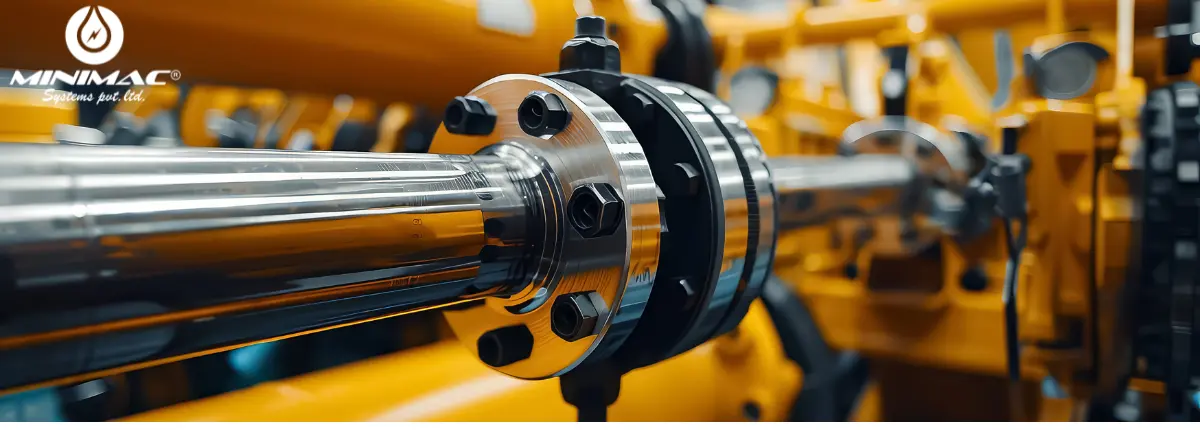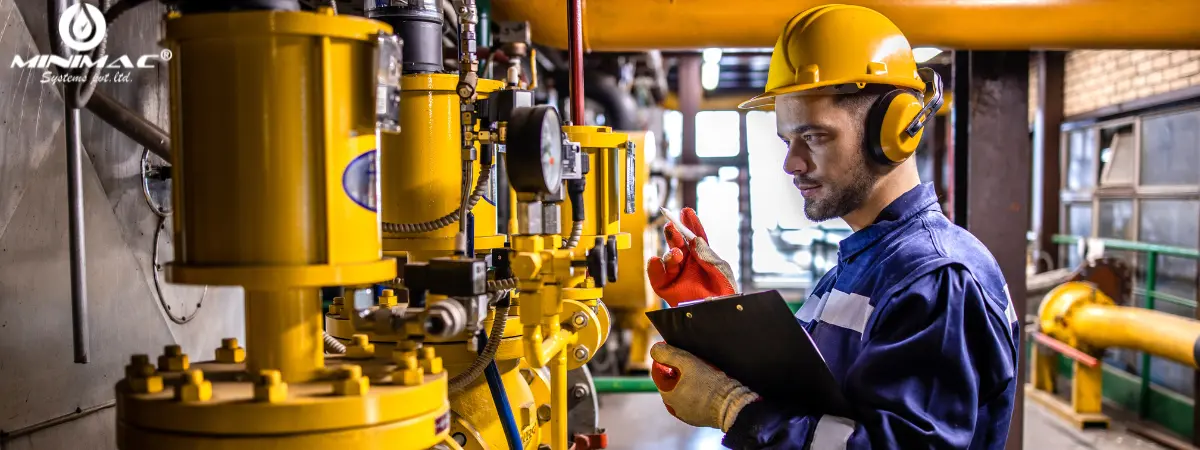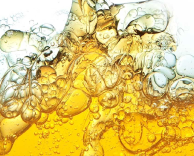Unlocking the Secrets to Efficient Hydraulic Oil Maintenance for Peak Performance
Introduction
Hydraulic oil is an essential component for hydraulic systems that drive machinery and equipment in many industries, such as construction, manufacturing, and automotive. Identify the characteristics and categories of hydraulic oil for the correct functioning and lifespan of hydraulic systems. This article will discuss what hydraulic fluid is, the consequences of hydraulic leaks, Types of hydraulic oil, and the Hydraulic fluid color code meaning.

What is Hydraulic Fluid?
Hydraulic fluid is a specific type of liquid that is utilized for hydraulic systems to transmit power. It works by transmitting force through one element to another and enables machines to carry out different tasks, lifting, moving, and controlling devices. Hydraulic fluids are specially formulated fluids that are designed to provide lubrication, cooling, and corrosion protection, as well as optimal performance for a variety of operational situations.
Core Attributes of Hydraulic Fluid:
- Power Transmission: Power gets transmitted through the system by hydraulic fluid.
- Lubrication: It minimizes friction and wear between moving components, extending the service life of parts.
- Cooling: The hydraulic fluid absorbs the heat produced during use to prevent overheating.
- Corrosion Preventive: Hydraulic fluid additives protect metal surfaces against rust and corrosion.
Understanding Hydraulic Oil Properties and Functions
Now, before we talk about maintenance, we should start by understanding what makes hydraulic oil effective. Key properties include:
- Viscosity: Provides a smooth flow of the fluid even in an ultra-high pressure.
- High Thermal Stability: Performance varies with temperature
- Anti-wear: Protects against wear of friction and components.
All these properties contribute to the efficiency and durability of machines. Maintain the properties of your hydraulic oil with ultra-high performance.

How Important is Hydraulic Oil and Maintenance?
Neglecting maintenance can cause excessive wear and tear, operational failures, and expensive repair costs. Conversely, Quote-reliable maintenance:
- Decreases the downtime and maintenance costs of the assets.
- Helps extend the life of system parts.
- Help system performance, ensure reliable and efficient operations.
For More Information, Visit our YouTube Channel -Click Here
HIGHLIGHTED SIGHTS IN MAINTAINING HYDRAULIC OIL
There are a few basic steps you can take to keep your hydraulic oil in tip-top condition:
- Check Your Oil Levels Often: Operating without enough oil is inefficient and causes added friction.
- filter and purify the oil: filtration can eliminate contaminants and increase the life of the oil, purification removes the water or other impurities present in the oil.
- Changing oil regularly: Even with filtration, oil should be replaced regularly because it loses some of its properties over time.
NAS and TAN Value: Essential Parameter in Predictive Maintenance
So tracking the NAS (National Aerospace standard) and TAN (Total Acid Number) values opens up high-level insights into the health of your hydraulic oil:
- High Particle Contamination (NAS Value): A high NAS value means high Particle Contamination and which in turn increases Wear and Tear. Keeping an eye on and minimising the NAS number will prolong system life and limit maintenance expenses.
- TAN Value: An increase in TAN value indicates the beginning of acidification that causes corrosion. Limiting this value will prevent catastrophic failure of the hydraulic system and keep the hydraulic system operating relatively smoothly as well.
These Values – an Overview of Oil Condition Together ensure that you keep all your hydraulic systems operating at peak condition by getting out ahead of any issues.
Hydraulic oil is a significant investment, and therefore, maintenance is an imperative thing to do.
Proper maintenance of hydraulic-based oil requires the right tools or techniques:
- Oil Filters: These units remove contaminants from the hydraulic oil on-site for field or factory maintenance.
- Portable Filtration Units: Freeing Up Your Maintenance Team so They Can Focus on Other Higher Priority Tasks
- Condition Monitoring Equipment: To maintain control, oil Testing for contamination, temperature, and viscosity makes sure they are not reactive.
How Hydraulic Oil Breaks Down and When to Take Action
Hydraulic oil deteriorates over time, subjected to heat, pressure, and contaminants. Signs of degradation that you are likely to notice include:
- Color: Contaminated oil can look dark or milky.
- Dilution: Oil that is too thin or too thick for the serve.
- Smelly or More Sour: Changes in taste can indicate eroded oil.
These are the signs you should look for to filter, test, or replace the oil before it damages your engine.
Hydraulic Oil Maintenance: Common Mistakes and How to Avoid Them
Hydraulic oil maintenance errors may lead to decreased output and increased wear in the system. Some of the most common mistakes are the following:
- Overlook Filter Changes: Restricted oil flow due to filthy filters increases wear.
- Using Wrong Oil: Not all systems are compatible with oil; inappropriate oil can create a malfunction.
- Neglecting Environmental Conditions: Hot or dusty areas will need more regular maintenance.
How To Extend The Life of Hydraulic Oil
Extending the life of hydraulic oil is as much about prevention as it is about proactive maintenance:
- Correct Storage and Handling: Store oil in a clean, sealed container and away from both hot and cold temperature extremes.
- Reduce the Chance of Contamination: Seal the system and get rid of dirt and dust, and use filters that catch contaminants before enter the oil.
Periodic Testing for Hydraulic Oil
Frequent testing will show the signs of oil deterioration quickly before a bigger problem arises. Key tests include:
- Particle Count Analysis: Indicates a number of solid contaminants in oil.
- Viscosity Test: Ensures the oil remains stable.
- Hydraulic oil water content testing: High moisture levels may harm hydraulic components and need to be fixed.
Oil analysis is also a predictive maintenance tool that can show you problems before they impact the equipment.
Conclusion:
Making hydraulic oil maintenance part of your maintenance plan will go a long way towards improving the performance and service life of your system. Proper hydraulic maintenance in the form of regular inspections, frequent oil testing, and sound filtration methods will keep hydraulic systems operating at optimum levels. By implementing these best practices, you can maximize your hydraulic oil maintenance, reduce expensive downtime, and safeguard your equipment investment. Hydraulic oil management. Efficient hydraulic oil management not only prevents failures, but it also improves the health of the components in operation. Discover these maintenance secrets and you will get your hydraulic systems ready for years of optimum performance.
Learn more about our services and industry insights by visiting our official LinkedIn page: Minimac Systems
FAQS:
- Preventive Maintenance: Regular checks and maintenance to prevent issues.
- Predictive Maintenance: Using oil analysis to predict and address potential problems.
- Corrective Maintenance: Taking action to fix issues when they arise.
- Condition-Based Maintenance: Monitoring oil condition and replacing or purifying oil when degradation signs are detected.
- Petroleum-Based Fluids: Standard mineral oils with additives.
- Water-Based Fluids: Offering fire resistance, used in high-temperature applications.
- Synthetic Fluids: Engineered for extreme conditions, providing longer life and stability.
- Bio-Based Fluids: Made from renewable sources, biodegradable, and eco-friendly.




